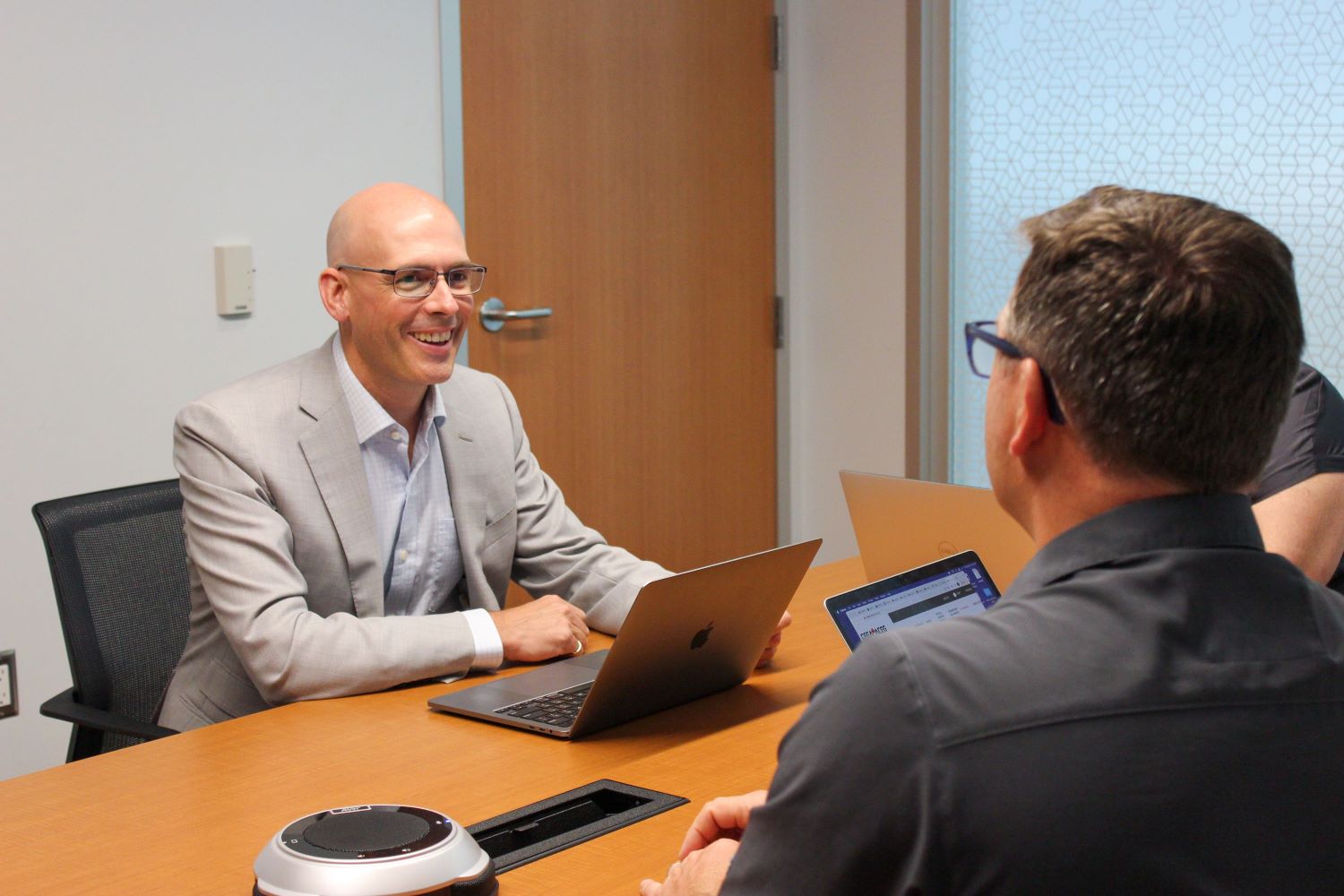
If one wants an official record of the abilities of any recent engineering graduate after their academic study, their transcript usually comes to mind. The document lists grades for 40-50 courses, with titles like “Calculus I” and “Thermodynamics,” where the grade in each course is generally the result of a weighted average of all the assessments in the course. Though a graduate’s knowledge and skills are certainly related to the grades, neither they nor a potential hire can directly infer from grades the abilities known to be critical for engineering practice like creativity, complex problem solving, interpersonal skills, quantitative analysis, measurement skills.
Throughout a program students may not have a clear picture about how they are progressing in developing abilities, so their efforts are often optimized to maximize overall grades rather than developing abilities. Communicating their knowledge and skills to potential employers may require coaching to help them effectively articulate what they can do.
Competency-based assessment (CBA), by comparison, documents students' progress toward meeting defined learning outcomes, providing students the opportunity to improve on targeted skills and ability to articulate it to employers. Educational research has identified that providing students clear feedback on their abilities is one of the most effective pedagogical approaches, a strategy well supported by competency-based education. An example of CBA currently being applied at Smith Engineering can be found in APSC 101.
That dimension of education is perhaps more important today than it has ever been before as the need for engineers to be “technically rigorous” is foundational to the need to solve increasingly complex problems on an ongoing and consistent basis. At Smith Engineering, we are setting out to Reimagine Engineering Education. One of the important dimensions of this is building a higher degree of Competency-based Assessment into our program and curriculum.
Being the Optimized Problem Solver
“Pretty much everyone would agree on the kinds of things that engineering graduates need to be able to do,” says Brian Frank. “They need to be able to be good problem solvers, work with people, communicate well, resolve conflicts, and conduct quantitative analysis. We develop and assess all these things now, but we don’t always communicate students’ ability on each of these independently, and over time. We need to ensure that the learning goals we’ve set out in our curriculum are what our graduates can do and talk about.”
Enacting CBA will involve identifying and communicating required competence related to required knowledge and skills, developing the abilities deliberately, and aligning assessment with those competencies. Students will receive feedback between opportunities to demonstrate competence.
“From a needs perspective, it's a matter of making sure that all of our graduates have the skills they need,” says Frank. “The students who want to be good at everything, who set their own goals and work to develop abilities and seek out mentoring, do this on their own. But we know from our data that some students aren’t meeting expectations set by instructors and struggle to fully articulate their abilities.”
By placing a multi-year, program wide approach to embedding competency assessment in the curriculum, Smith Engineering is putting a stronger emphasis on consistently evaluating proficiency in areas important to post-academic success. A review of academic literature on the topic indicates that “CBA has the potential to improve student learning in Engineering Education, especially for weaker students in helping to narrow the gap between high-achieving and low-achieving students.”
Preparing Graduates for What Comes Next
In the coming year Smith Engineering will be supporting instructors who want to pilot CBA in their courses and encouraging conversations about how to implement. We will explore ways to help students develop professional portfolios that demonstrate their abilities, both within academic and industrial contexts. Collectively we are building an approach that elevates the abilities of our students, giving all our students an edge in their future careers. We know from our Corporate Relations team that employers expect interns and graduates to demonstrate their abilities.
“It’s giving employers a level of assurance of what the candidate they're looking at brings to the table,” says Frank. “We want them to know that when they hire a Smith Engineering graduate, they're consistently getting great technical and professional abilities.”
Looking Ahead
While currently focused on the adaptation of courses and programing to include CBA, Brian Frank also envisions a future where the benefits of CBA might be expanded upon, to provide graduates with enhanced documentation.
The goal is to capture the CBA progress in the context of enhanced portfolios and other reporting that equips graduates with the tools they can benefit from when engaging with prospective employers or in positioning themselves for graduate level research.
“We envision a future where we work with students to help them maintain some photographic and written artifacts that demonstrate their proficiency as they mature through the program,” says Frank. “If we have a bundle of evidence that lets graduates say I've done this and we can modify a transcript to incorporate this into a type of portfolio, I think we will go a long way to helping Smith Engineering graduates secure their best post-academic future.”
Engineers are known as a profession for being focused problem solvers and for designing solutions. It is that spirit that is reflected in the Competency-based Assessment initiative and the larger efforts to usher in a new era at the Faculty as we strive to Reimagine Engineering Education. Our focus is to beneficially impact Smith Engineering graduates and give them curriculum and programming enhancements that foster new standards of technical rigor to prepare them well for prosperous futures.
